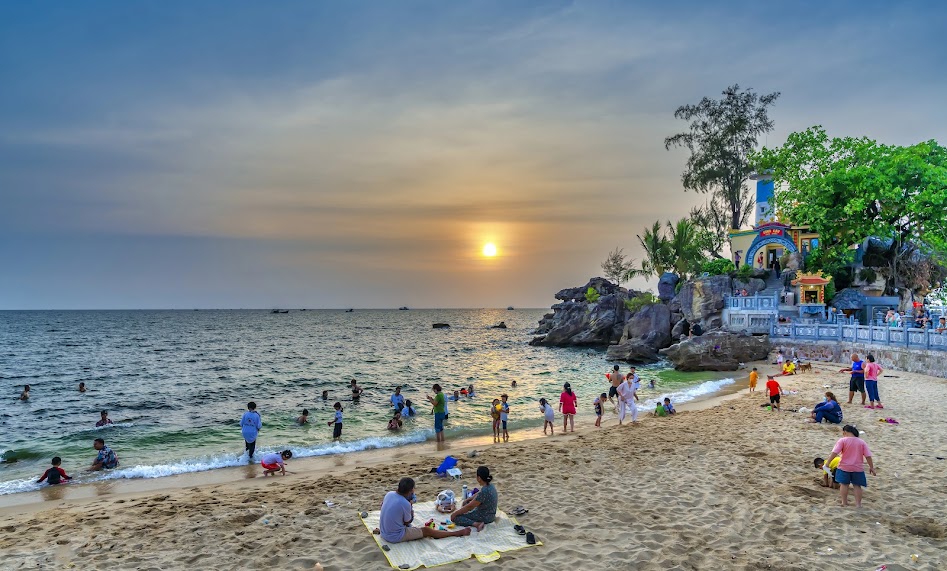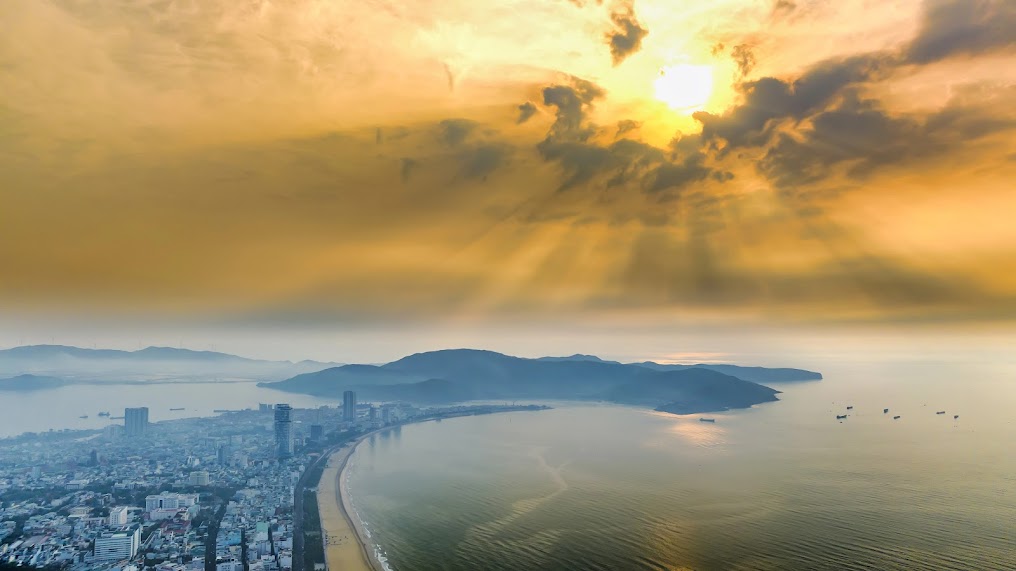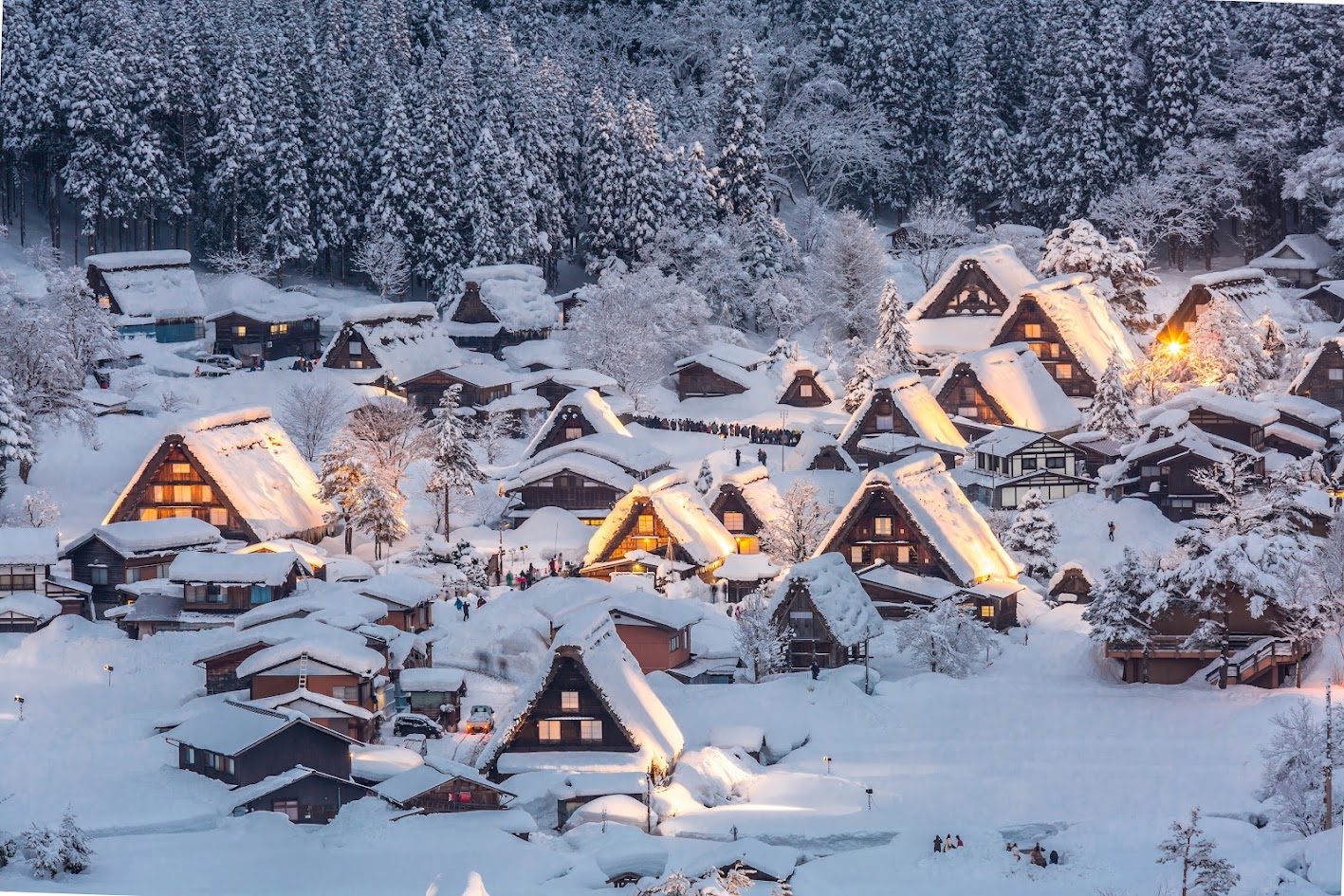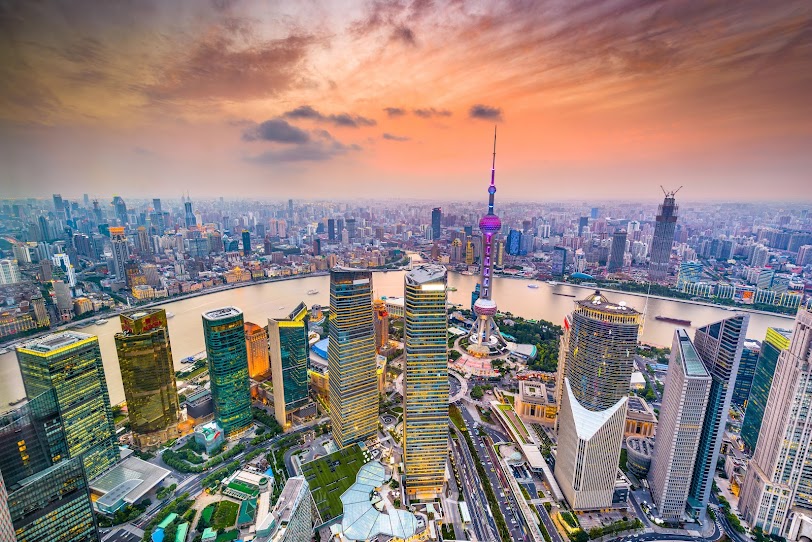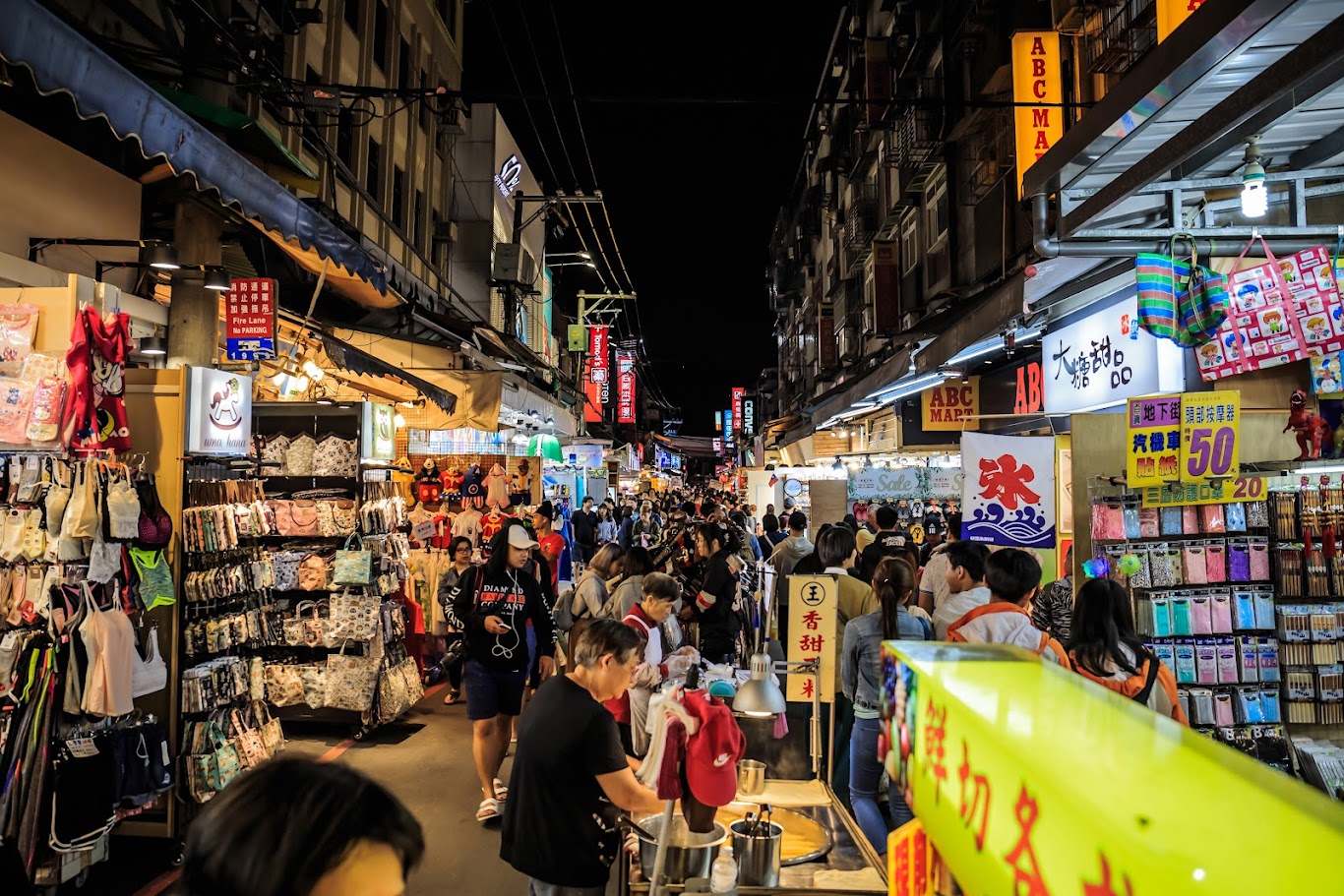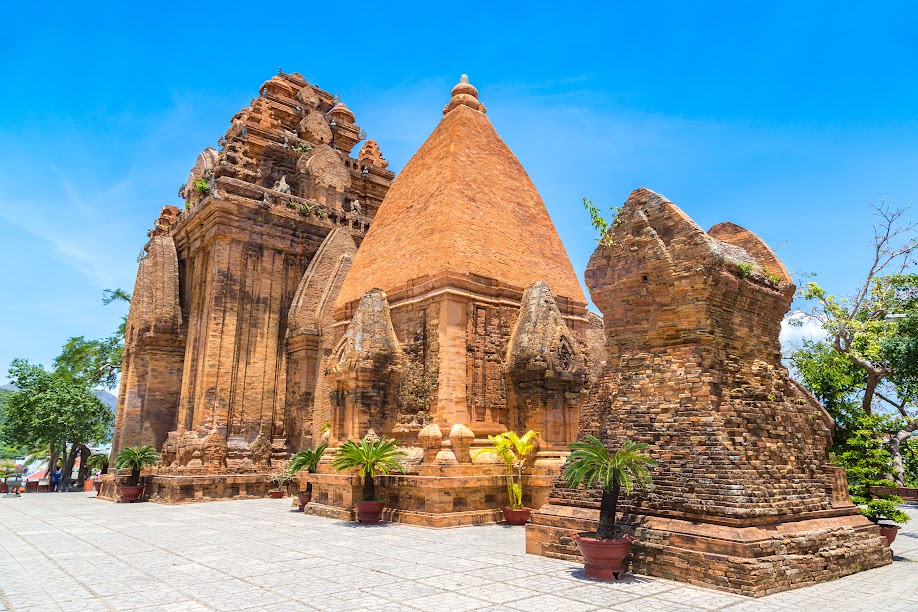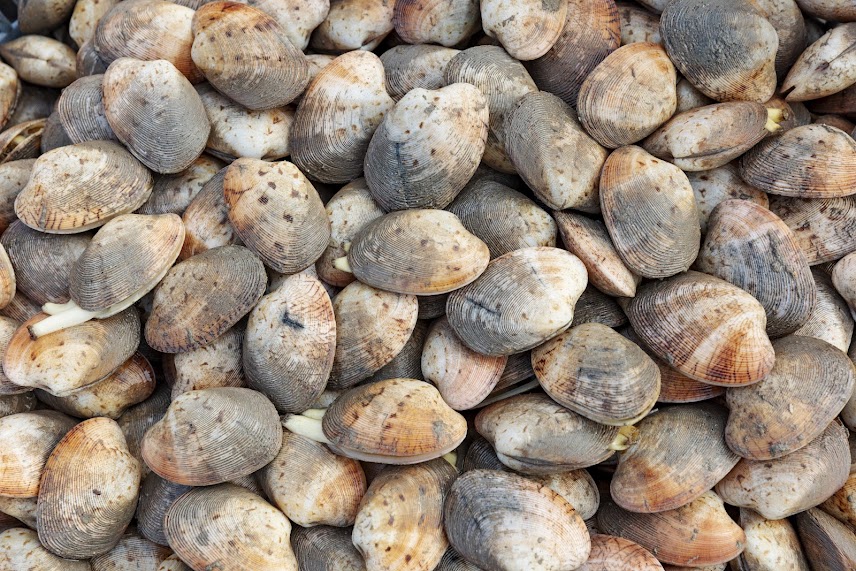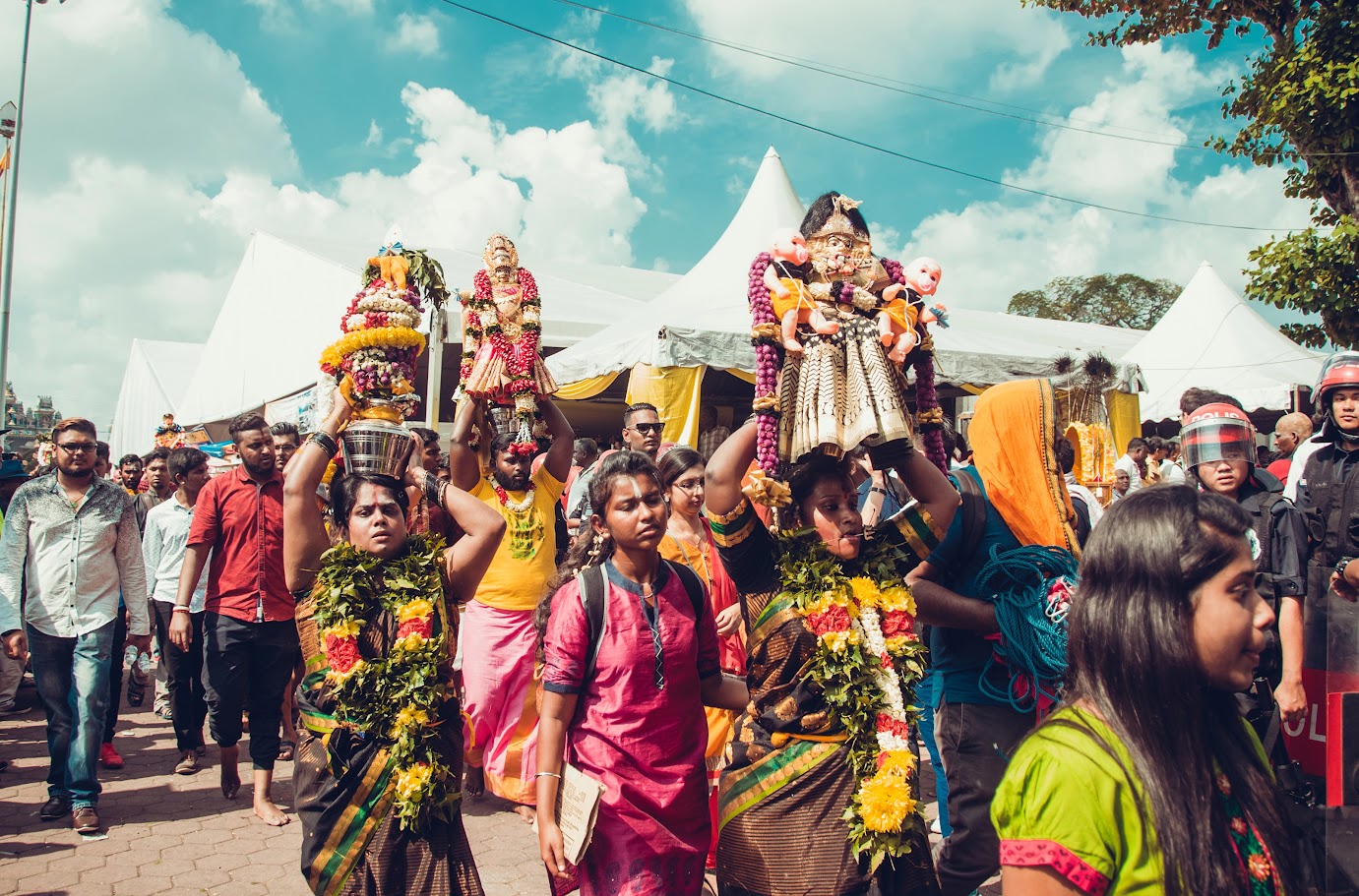
- SkyJoy
- Chuyến bay của tôi
- Online Check-in
- E-Menu
- E-Visa
- Dịch vụ chuyến bay
- Dịch vụ khác
Ngày đi

Ngày về
What is special about the Great Wall of China for tourism exploration?
The Great Wall of China is known for its thousands of years of history and picturesque landscapes. Among hundreds of thousands of landmarks, the majestic beauty of the Great Wall of China always stands out as one of the first names on the list of tourist destinations in China.
The Great Wall of China is considered one of the greatest human achievements. Visiting the Great Wall, tourists embark on an exciting journey where cultural values, history, and magnificent natural landscapes converge. Exploring the Great Wall of China is surely one of the unforgettable experiences for many travelers when visiting China.
In this article, let's discover what makes the Great Wall of China special and attracts over 10 million tourists each year with Vietjet!
1. Where is the Great Wall of China
The Great Wall of China is located in northern China, with a length of up to 21196.18 km2. The average height of the wall is about 7m, and the width of the top surface of the wall is about 5 - 6m.
The Great Wall of China stretches across 9 provinces, autonomous regions, and municipalities in China, including Hebei, Beijing, Tianjin, Shanxi, Shaanxi, Inner Mongolia, Heilongjiang, Jilin, Liaoning, Shandong, Henan, Tianjin, Ningxia, and Xinjiang. Among them, the sections of the wall passing through Hebei and Shanxi are over 2,000km and 1,838km respectively.
Due to the considerable length of the Great Wall, fully exploring its length would take quite a bit of time. Typically, tourists tend to visit 4 sections of the wall in Beijing to save time and travel more conveniently.

The Great Wall of China is one of the greatest human achievements in history, listed as a "World Cultural Heritage" in 1987.
See more: Independent Travel Experience in China for Non-Chinese Speakers
2. History of the Great Wall of China
The Great Wall of China, one of the largest human-made structures. To complete this "masterpiece," construction had to span over 2,000 years. This construction was divided into 5 main stages. Specifically as follows:
-
Stage 1: During the Qin Dynasty in 208 BC
-
Stage 2: During the Han Dynasty in the 1st century BC
-
Stage 3: During the Northern Wei Dynasty in the 7th century
-
Stage 4: During the Southern Song Dynasty from 1138 - 1198
-
Stage 5: From the Hongwu Emperor to the Wanli Emperor of the Ming Dynasty from 1368 - 1640
Most of the Great Wall of China began construction in 208 BC during the reign of Emperor Qin Shi Huang, using rammed earth and stone as materials. By the time of completion, 20 countries and feudal dynasties had built the Great Wall of China, consuming enormous human resources, material resources, and budgets. Among them, the Great Wall of China during the Ming Dynasty was the largest and equipped with more sophisticated fortresses to better protect the country.
To this day, the Great Wall of China stands strong through time. Not only a military structure, but the Great Wall of China is also a great witness, proud, witnessing the prosperity and decline of many dynasties.
After more than 2,000 years, much of the structure has been damaged. It is estimated that only about 20% of the Great Wall of China remains in good condition. Nevertheless, even this small part is enough to widen your eyes, marveling at the greatness of this structure. Besides, around this majestic wall, there are still many mysterious things that humans have not yet discovered.
3. What to do when traveling to the Great Wall of China?
The Great Wall of China is not only a military structure but also an architectural masterpiece with exquisite lines and a place that marks many distinctive Chinese cultures. When visiting the Great Wall of China, there are many interesting activities and unique attractions where tourists can admire the exotic architecture and traditional Chinese architectural art.
Here are some interesting destinations for tourists when traveling to the Great Wall of China:
3.1 Badaling Great Wall
Bat Dat Linh is part of the Cu Dung Quan structure - one of the three main gateways of the Great Wall. Bat Dat Linh was built in 1505 during the Ming Dynasty but is the section of the wall that has been best restored and still maintains the most perfect condition of the Great Wall. This remarkable destination is located about 80km northwest of Beijing, in Dien Khanh district.
From a distance, Bat Dat Linh appears curved, like a giant white dragon, winding through lush green mountains. Visiting Bat Dat Linh, part of the Great Wall, you can enjoy the vast scenery. Tourists will be overwhelmed by the majestic mountainous landscape unfolding before their eyes. The beautiful scenery blends nature and the great human constructions into an impressive picture.

Bat Dat Linh is one of the most popular destinations of the Great Wall.
3.2 Nhan Mon Quan
This is one of the important defensive gateways of the Great Wall. Formerly known as Xi Jing, it was later renamed Nhan Mon Quan. This is a structure with a fairly long lifespan, beginning construction during the Qin Shi Huang era (2nd century BC) and completed during the Tang Dynasty (816 – 907). Nhan Mon Quan has a special geographical location. The gateway is located between two steep mountain walls, creating an ideal control point. The terrain here was once described as so treacherous that only swallows could pass through.
Visiting Nhan Mon Quan, tourists can witness the majestic walls, stretching from east to west for about 5km, with many guard towers arranged. Traces of history are still engraved on the gate, reminding visitors of a glorious historical era.
This tourist destination is located on Nhan Mon Mountain, about 20km north of Tan Chau city, Son Tay province, China.
3.3 Son Hai Quan
Son Hai Quan, part of the Great Wall, was built in 1381 during the Ming Dynasty. It was once a crucial military structure, helping the dynasty control the Northeast and North China regions. The name Son Hai Quan of the structure comes from its unique location, bordering towering mountains and adjacent to the vast sea.
The Son Hai Quan fortress has a circumference of about 4,000m, connected to the Great Wall, with a height of 14m and a length of 7m. Son Hai Quan consists of 4 main gates and many ancient defensive architectural structures. When visiting Son Hai Quan, part of the Great Wall, besides exploring the historical structure, tourists can also admire the blue sea and the majestic mountain scenery.

Son Hai Quan is where lush forests, vast blue seas, and the meticulous work of humans converge.
3.4 Museum of the Great Wall
When visiting Son Hai Quan, you should not miss the Museum of the Great Wall. Here, you can learn more about the history of this ancient military structure. The Museum of the Great Wall is located right inside the fortress. Inside the Museum of the Great Wall, various artifacts, images, and clothing related to the construction are displayed, along with mysterious stories surrounding the Great Wall.
3.5 Manh Khuong Nu Temple
Compared to the above 4 destinations, the Manh Khuong Nu Temple is more special. Without the military aspect or the greatness of the structure, this temple depicts the sacrifices that people had to endure during the construction of the Great Wall.
The story of Manh Khuong Nu has been passed down through folklore for thousands of years. When visiting her temple at the Great Wall, you will hear the vivid story of the woman whose husband died while building the Great Wall. Her bitter cries caused a section of the wall to collapse, revealing her husband's bones, and she brought them back for burial.
Her temple is located in Son Hai Quan district, in the administrative town of Tan Huang Island, Hebei province.
4. Ticket Prices for Visiting the Great Wall
Because the Great Wall stretches across many provinces and includes various areas, ticket prices also vary. Depending on the location and time of your visit, ticket prices may fluctuate. You can refer to the following price list:
|
Destinations at Great Wall |
Entrance fee (25 - 65 Yuan) |
|
Bat Dat Linh |
- High tourist season - applicable from April 1 to October 31 every year: 40 Yuan/person (equivalent to 140,000 VND) - Low tourist season - applicable from November 1 to March 31 of the following year: 35 Yuan/person (equivalent to 122,000 VND) |
|
Cu Dung Quan |
- Peak tourist season - applicable from April 1 to October 31 every year: 45 Yuan/person (equivalent to 157,000 VND) - Low tourist season - applicable from November 1 to March 31 of the following year: 40 Yuan/person (equivalent to 140,000 VND) |
|
Kim Son Linh |
- Peak tourist season - applicable from April 1 to October 31 every year: 65 Yuan/person (equivalent to 227,000 VND) - Low tourist season - applicable from November 1 to March 31 of the following year: 55 Yuan/person (equivalent to 210,000 VND) |
|
Simatai |
40 Yuan (equivalent to 140,000 VND) |
|
Gubeikou |
25 Yuan (equivalent to 87,000 VND) |
|
Hoang Hoa Thanh |
45 Yuan (equivalent to 157,000 VND) |
|
Jiankou |
Free of charge |
In addition to the basic packages mentioned above, you can also use additional services such as cable cars to conveniently visit the Great Wall. It is known that the round-trip cable car ticket is 60-160 Chinese Yuan (210,000 - 560,000 VND depending on the time). With this ticket, you have the opportunity to experience traveling by cable car, enjoying the magnificent view, and admiring the greatness of the Great Wall.
See more: How much does it cost to travel to China? 7-day trip to China
5. Best Time to Visit the Great Wall
The climate at the Great Wall is distinctly divided into 4 seasons: Spring, Summer, Autumn, and Winter. According to the travel experience of many people, spring and autumn are the two seasons you should visit the Great Wall.
-
Spring (from April to May): During this time, the climate in the Beijing mountainous area will be cool but still warm enough. At this time, the greenery flourishes, creating a fresh and vibrant scenery for the Great Wall.
-
Summer (from June to August): The summer temperatures at the Great Wall are usually relatively high, sometimes reaching up to 37 degrees Celsius. This intense sunlight can interrupt and make your exploration of the Great Wall uncomfortable.
-
Autumn (from September to November): This is the ideal season for travelers who love long walks on the Great Wall. The clear weather allows you to admire the Great Wall from a distance. The mountains are covered with the vibrant red and golden hues of autumn leaves, contrasting with the somewhat dull gray of the stone walls.
-
Winter (from December to around March of the following year): In contrast to the scorching heat in summer is the cold of the Great Wall in winter. Temperatures here sometimes drop below -15 degrees Celsius.

The Great Wall has its own beauty in every season: spring, summer, autumn, and winter. However, traveling to the Great Wall in spring and autumn is the most ideal.
6. How to Get to the Great Wall
Most of the famous destinations of the Great Wall are located in the north and near the Beijing area. Therefore, the most convenient option for Vietnamese tourists is to buy plane tickets from Vietnam to Beijing, then travel by road to the destinations of the Great Wall.
6.1 Traveling from Vietnam to Beijing
From Vietnam, you have various options for airlines to buy plane tickets to Beijing. Direct flights to Beijing are currently quite limited and the costs are relatively high.
If you want to save money on your Great Wall trip, you should buy plane tickets early and may also choose flights with layovers for cheaper prices to optimize costs. You can buy plane tickets to Chinese provincial capitals and then take another flight to Beijing.
Currently, Vietjet operates various flight routes from many provinces in Vietnam to China at optimal prices with many attractive promotions. International air tickets for only 0 VND, applied every Friday. See details HERE.

Plan your Great Wall trip and save the time to book "hunt" for 0 VND flights to China at Vietjet for a wonderful trip.
6.2 Traveling from Beijing to the Great Wall
In Beijing, the transportation system is quite developed, so you have many options to travel to the Great Wall's destinations. Depending on the vehicle and location you choose, there are various transportation options and costs as follows:
-
Bus: Buses in Beijing have various routes and destinations. Bus ticket prices range from about 24 Chinese Yuan (equivalent to 83,000 VND). In addition, for some destinations, you may need to take a more expensive tourist bus, around 96 Chinese Yuan (about 335,000 VND).
-
Subway: Subway lines have prices ranging from 4 to 20 Chinese Yuan.
-
Taxi: This is the most convenient option for foreign tourists. However, the cost will be higher.
See more: Convenient and cost-saving transportation in China.
Hope the useful information about the Great Wall above will help you with your upcoming trip to China. To optimize the cost of your trip, you can buy plane tickets to China at Vietjet with many promotions and utilities. To update the latest flight schedule to China, Beijing, and ticket prices for new Vietjet routes, you can access the following channels of Vietjet:
- Website: https://www.vietjetair.com
- Facebook: https://www.facebook.com/vietjetvietnam
- Instagram: https://instagram.com/vietjet
- YouTube: https://www.youtube.com/VietjetOfficial
- TikTok: https://www.tiktok.com/@vietjetvietnam
- Zalo: https://oa.zalo.me/vietjet







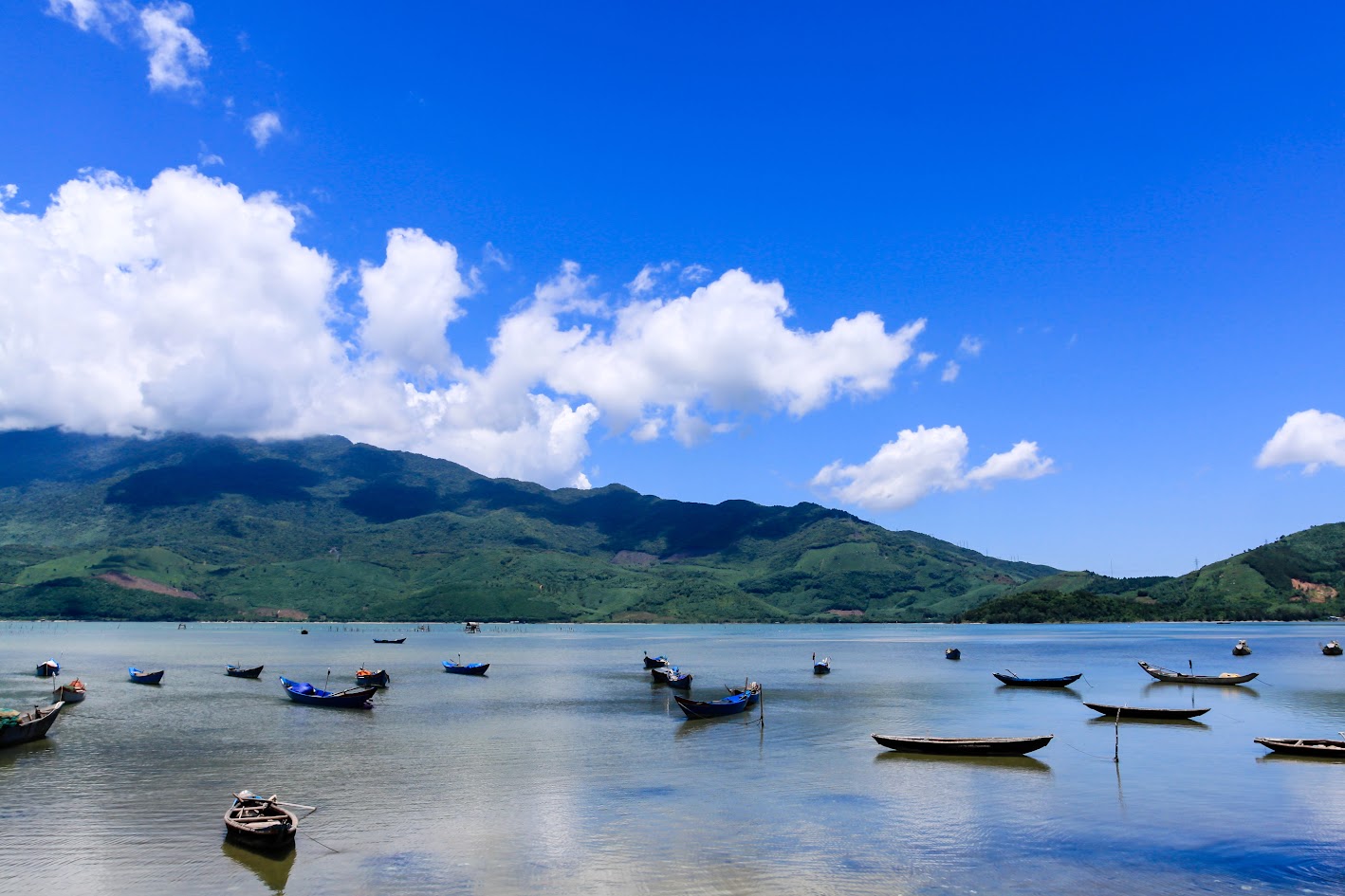

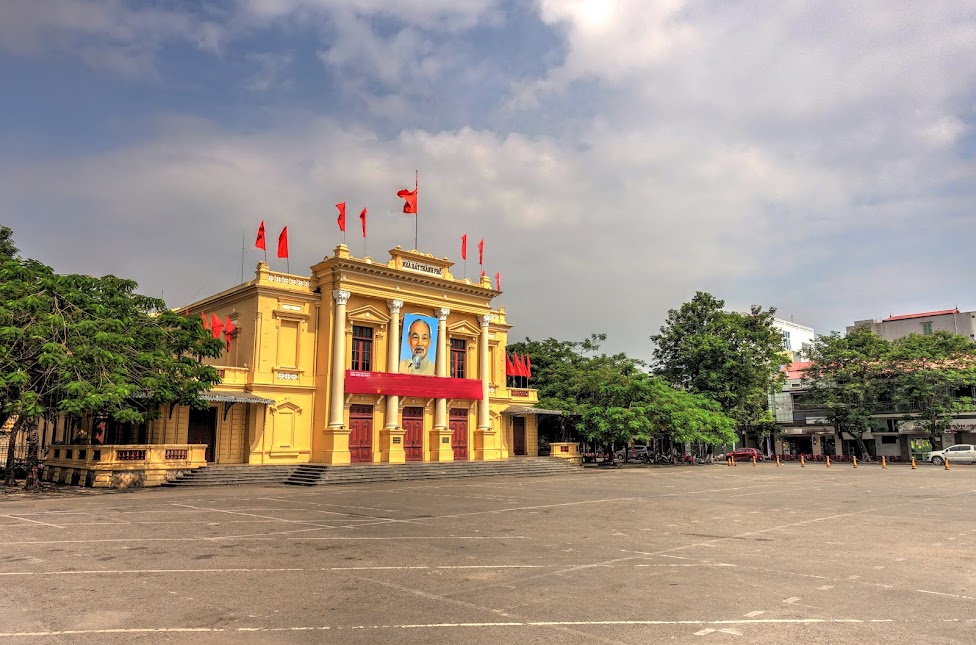
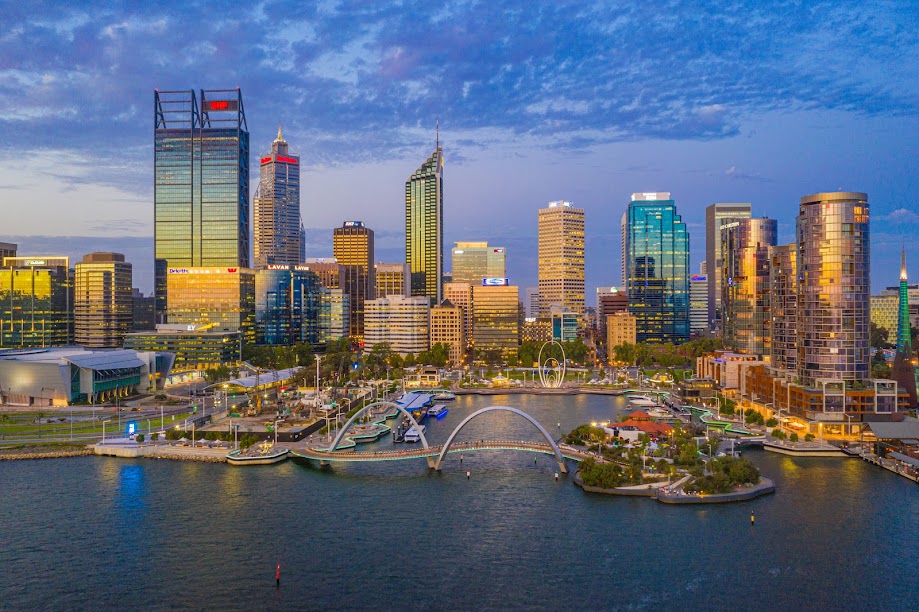














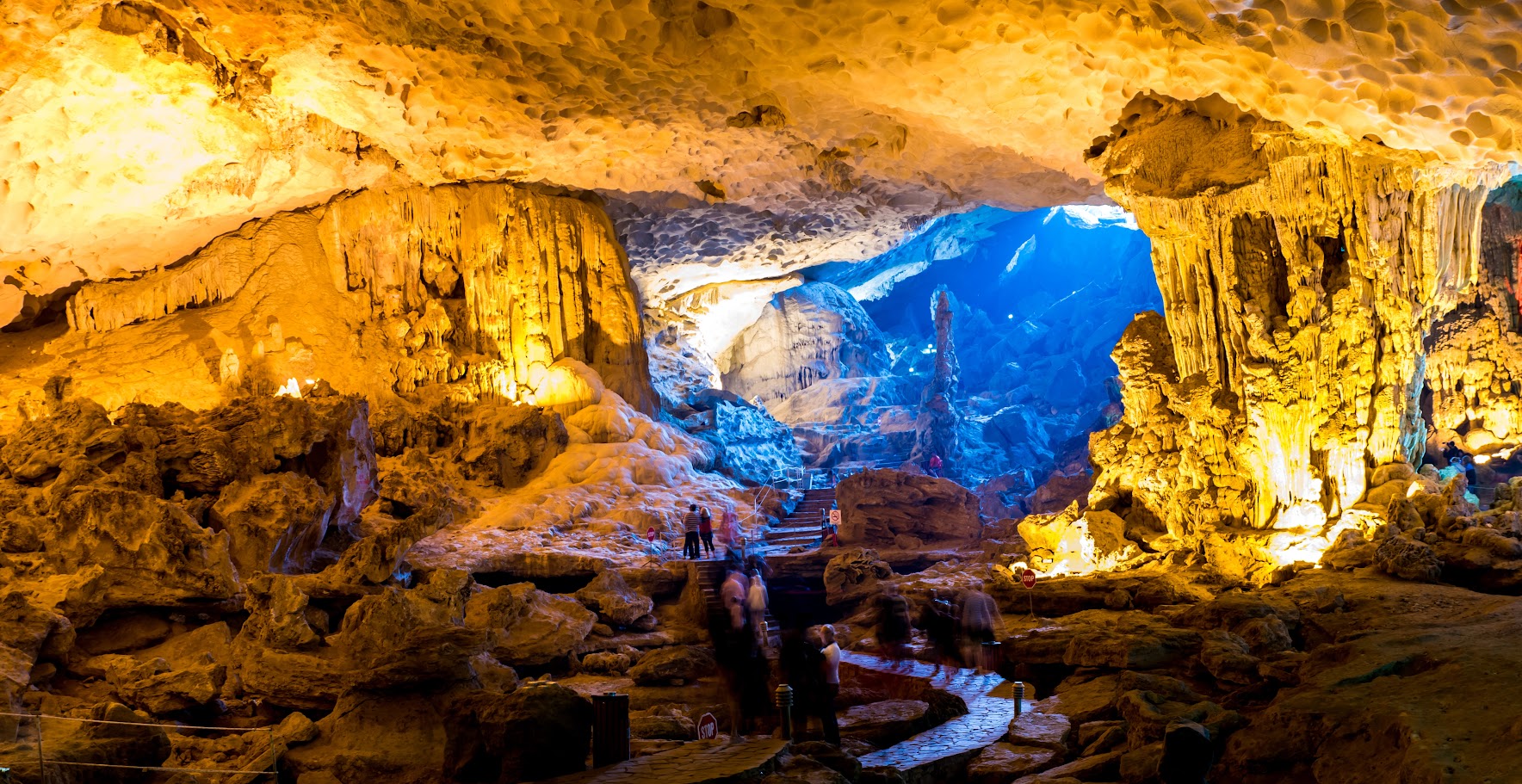







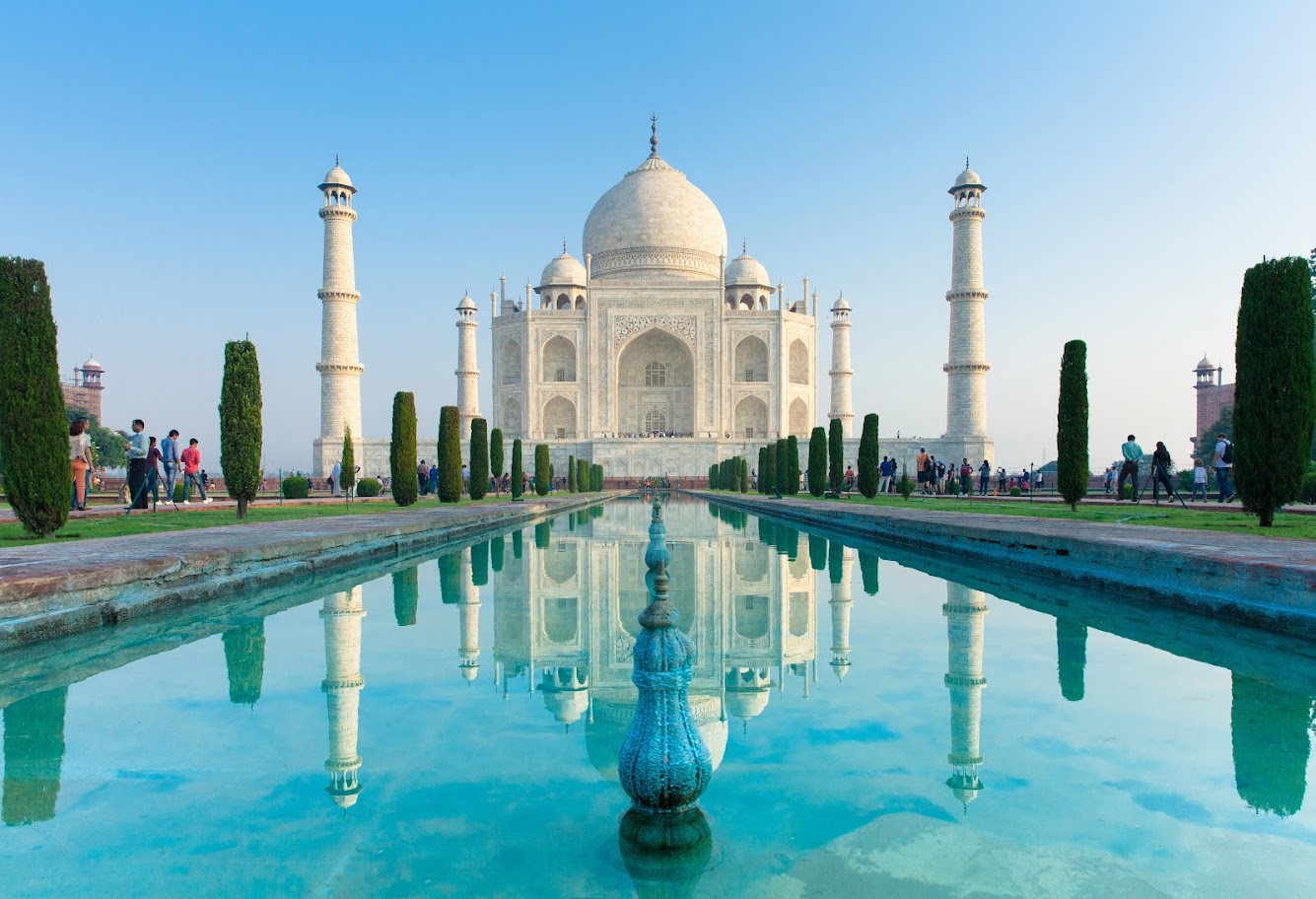










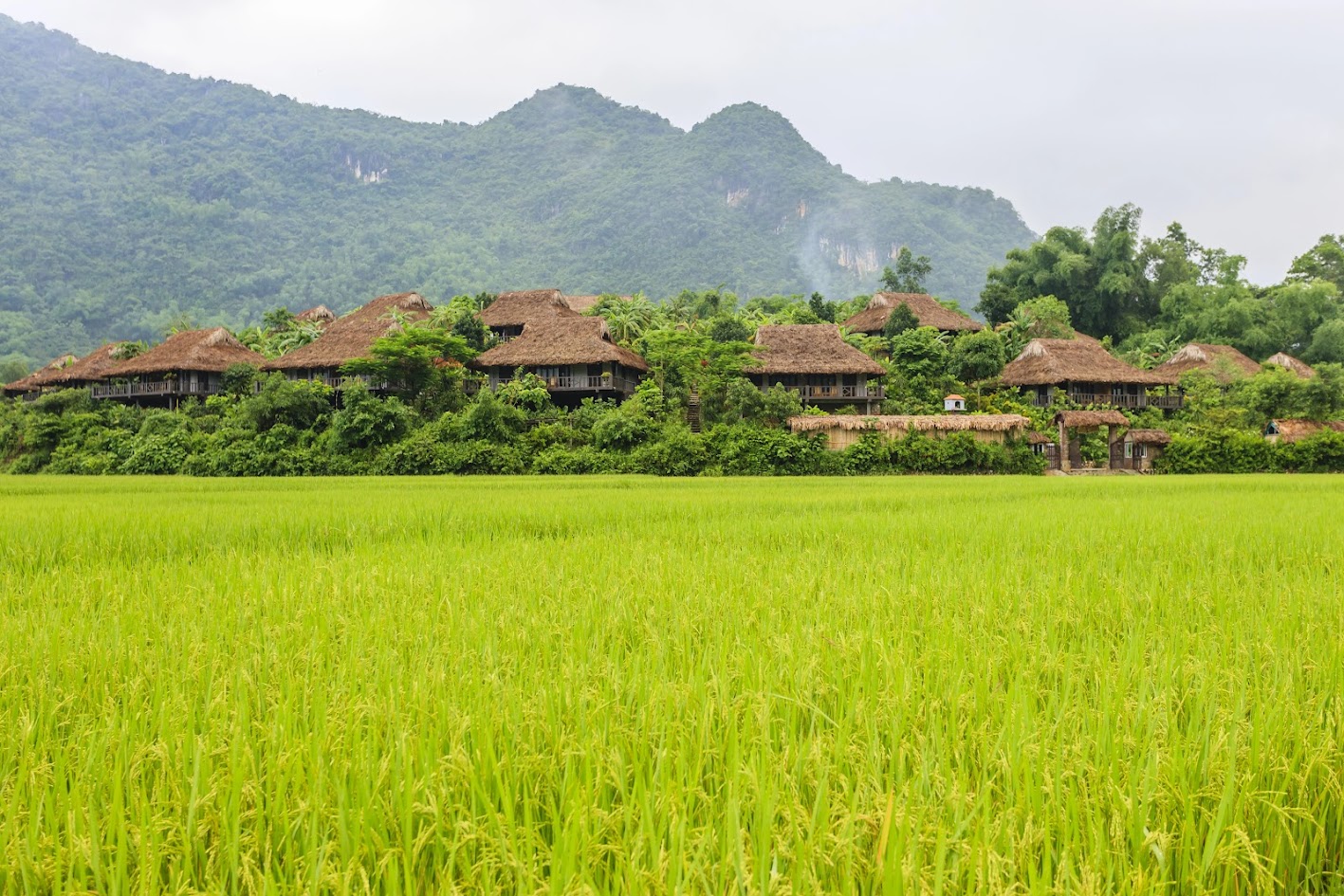






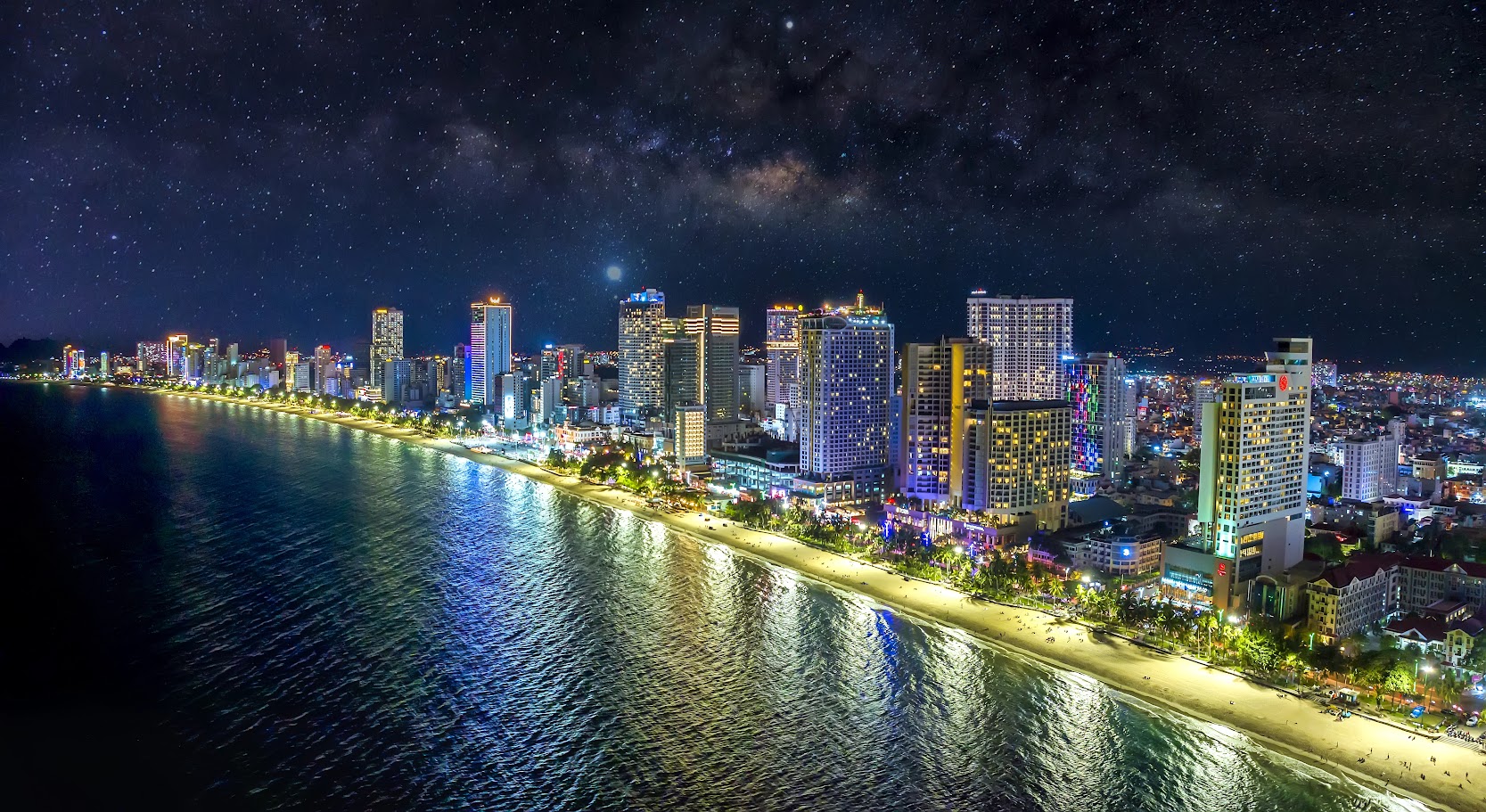













































































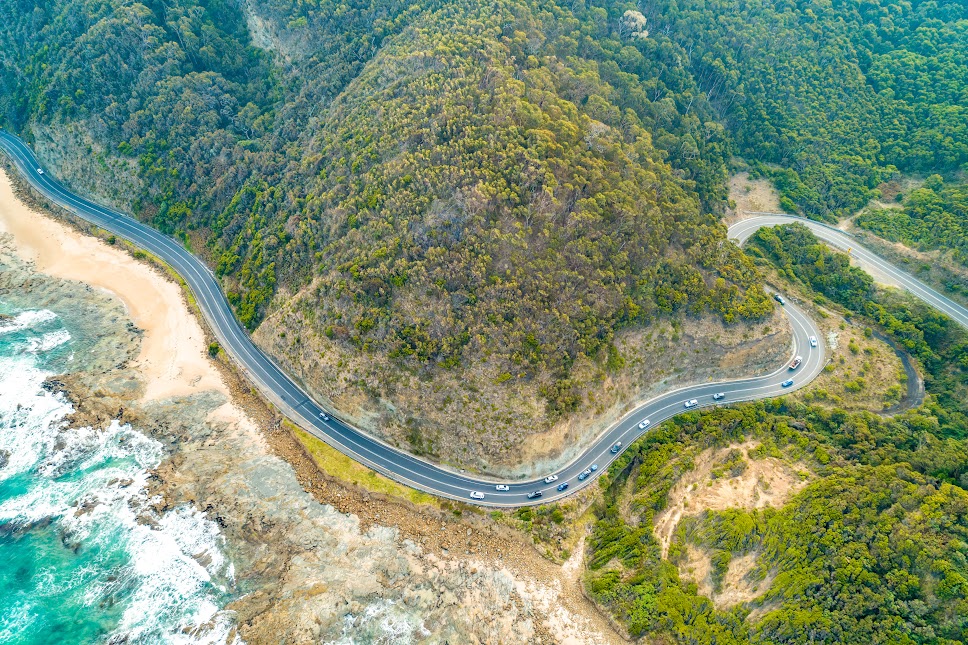


































![[FAQ] What is the Best Time to Travel to South Korea?](https://vj-prod-website-cms.s3.ap-southeast-1.amazonaws.com/shutterstock533705653supersize-1696644100090.jpg)








